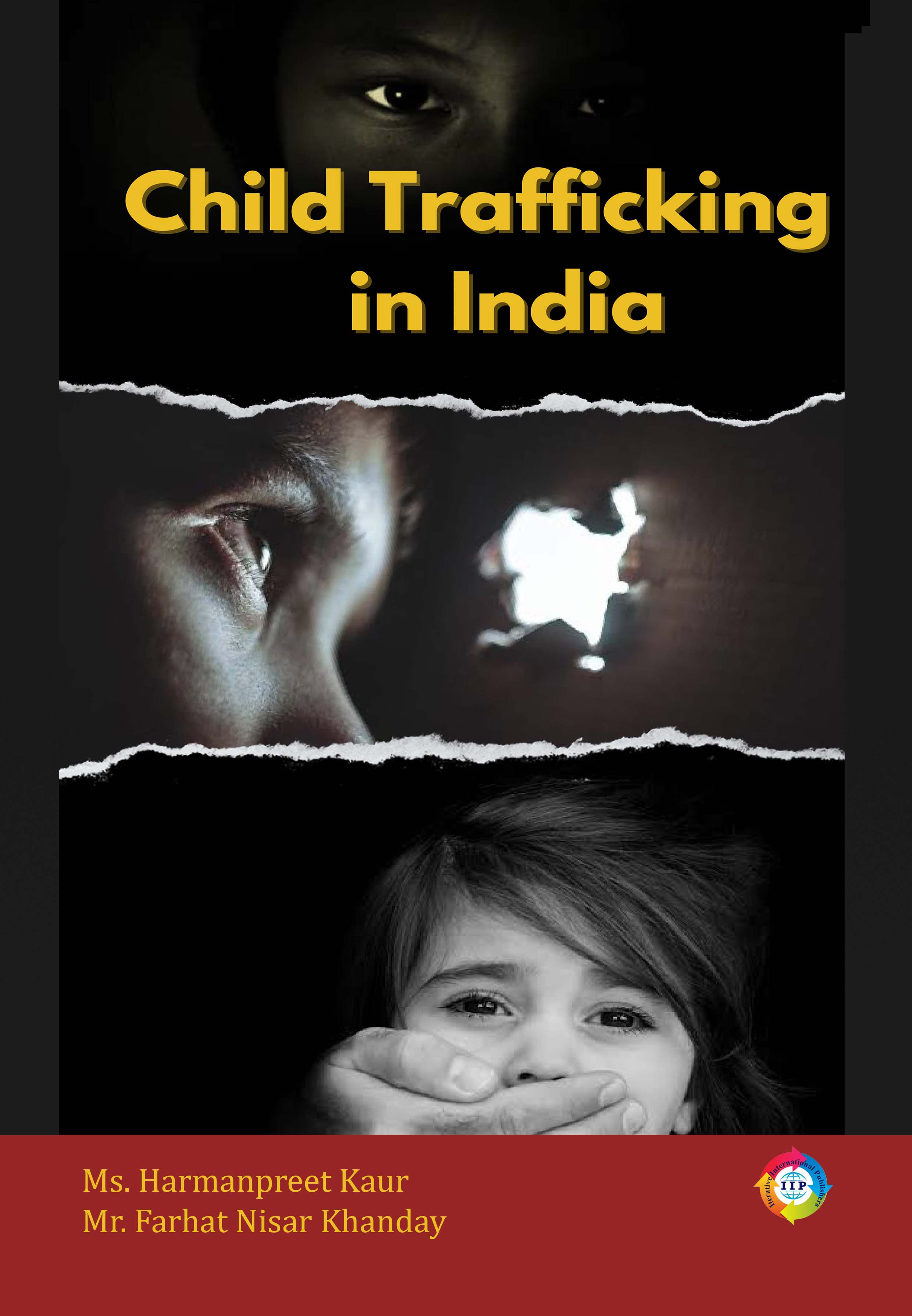
A SOCIO-LEGAL STUDY OF CHANGING DIMENSIONS AND VIABILITY OF THE INSTITUTION OF HINDU JOINT FAMILY
-
TypePrint
- CategoryAcademic
- Sub CategoryReference Book
- StreamSocial Sciences
The importance of the institution of Hindu family could be apparent through these words:
“Like-heartedness, like-mindedness, non-hostility do I make for you; do ye show affection, the one towards the other, as the inviolable cow towards her calf when born. Be the son submissive to the father, like-minded with the mother; let the wife speak to the husband words full of honey, beneficent. Let not brother hate brother, nor the sister hate sister; becoming accordant of like courses, speak ye words auspiciously. Your drinking be the same, in common your share of food; in common abode you reside; in the same harness do I join together; worship ye Agni united, like the spokes about a nave”. Atharvaveda III. 30, pp. 1-3. The family is a unique institution in that it is at one and the same time both a private and a visibly public institution. It oscillates between the most intimate to the most public in its various contexts. Also, the family as an institution is near universal. All of us live for most of the time in families. The joint family system constituted the basic social institution in many traditional societies, particularly in eastern societies. In India, this system prevails among Hindus and to some extent amongst non-Hindus also. The Joint family among Hindus is considered as bedrock, on which Hindu values and attitudes are built. Family for a Hindu is a sacred institution deriving sanction from religion and social traditions with myths and legends. As far as the jointness in a Hindu joint family is concerned it is usually considered that to be joint in food, worship and estate. Joint family property plays an important role in fastening this jointness. Due to the radical changes in civic, social, economic and cultural life and certain factors, like, individualistic approach, industrialization, urbanization, frequent legislative changes most particularly the Hindu Succession Act, 2005 that has changed the concept of joint family and joint property to a considerable extent and as such a tremendous influence has been exerted on the joint family institution. Due to the above-mentioned reasons, the problem of lack of stability and large-scale disintegration of Hindu joint family could be seen now -a–days. The consequences of this problem are more bothersome as it results into the loss of social security of many weak, aged and ailing members of the family who are in actual need of it. Moreover, the problem is no less intense in the State of Jammu and Kashmir which inspired the researcher to take up “A Socio-Legal Study of Changing Dimensions and Viability of the Institution of Hindu Joint Family.”
**Note: IIP Store is the best place to buy books published by Iterative International Publishers. Price at IIP Store is always less than Amazon, Amazon Kindle, and Flipkart.





COMMENTS
No Review found for book with Book title. A SOCIO-LEGAL STUDY OF CHANGING DIMENSIONS AND VIABILITY OF THE INSTITUTION OF HINDU JOINT FAMILY